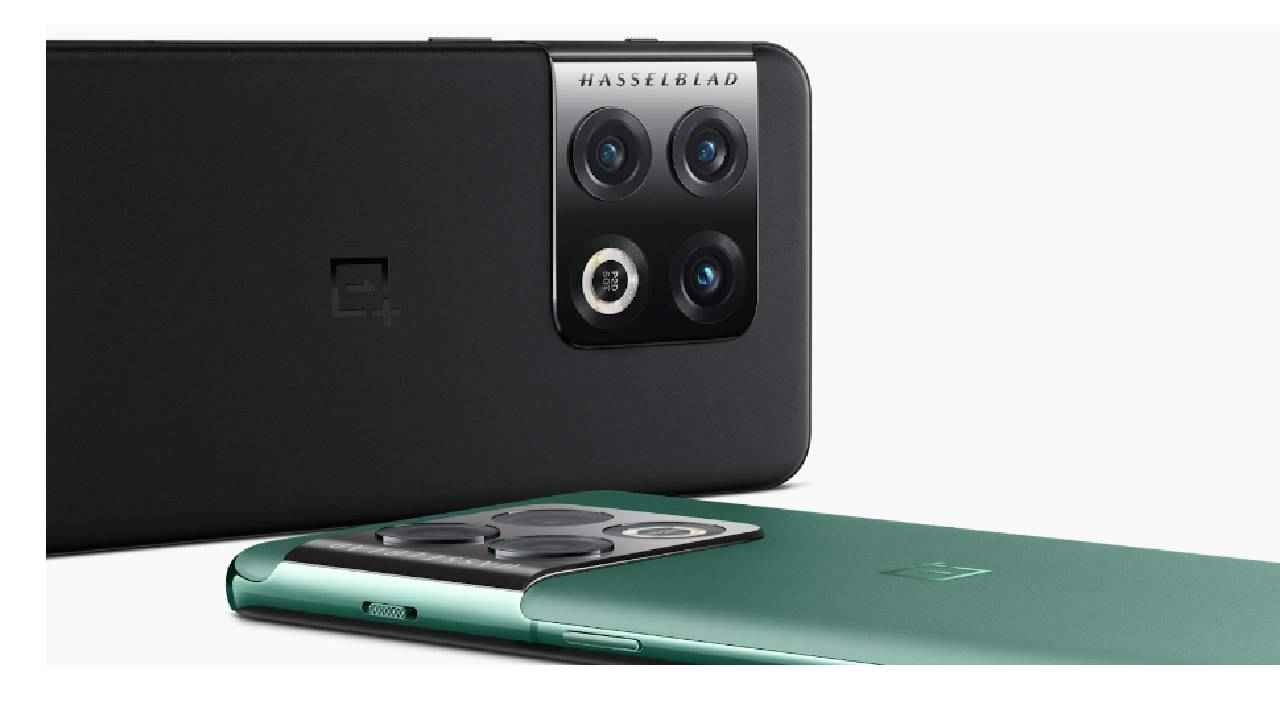How intriguing. Moncage has what at first seems to be a easy interface. There’s a dice on a desk. You’ll be able to see 5 sides of it. Every face will finally depict a distinct scene.

By manipulating your view of the dice you may trigger a single factor of the edges to line up, although logically they don’t have anything to do with one another. For instance, a cup filled with cash on a desk in an workplace would possibly match a damaged steam pipe on a constructing ravaged by battle.
As soon as the 2 (or three) items line up, one thing magical occurs; the gadgets will fuse briefly and work together—the steam pours into the cup, inflicting one of many cash to come out, inflicting the workplace scene to vary barely. Now it’s a must to discover out which parts of the modified scene line up with a distinct aspect of the dice.
 Moncage is each lyrical and confounding, summary and exacting, as you attempt to make the connections between the scenes each by way of the gameplay and the way the scenes play out. Urgent the L2 button will trigger the weather you can work together with to light up, however that doesn’t imply they’ll be helpful within the instant puzzle. Additionally, because the scenes work together and alter, it’s arduous to inform if there’s a single, coherent narrative. Is the spaceship you launch a rocket that destroys the city? You’ll be able to decide up photographs hidden all through the sport that might indicate that is all of the story of 1 particular person, however the illustrations are minimalist, and it’s arduous to inform if the boy in a single image grows as much as be the person in one other.
Moncage is each lyrical and confounding, summary and exacting, as you attempt to make the connections between the scenes each by way of the gameplay and the way the scenes play out. Urgent the L2 button will trigger the weather you can work together with to light up, however that doesn’t imply they’ll be helpful within the instant puzzle. Additionally, because the scenes work together and alter, it’s arduous to inform if there’s a single, coherent narrative. Is the spaceship you launch a rocket that destroys the city? You’ll be able to decide up photographs hidden all through the sport that might indicate that is all of the story of 1 particular person, however the illustrations are minimalist, and it’s arduous to inform if the boy in a single image grows as much as be the person in one other.
On this sense, it jogs my memory of the unique model of Myst, the place the slowness of the sport, and the fixed checking and re-checking of actions towards outcomes (not all the time on the identical display screen) is a part of the expertise. As a result of when you perceive the fundamentals of how the dice’s faces work collectively, the designers begin to have enjoyable by difficult you to pay even nearer consideration. Sure, you may line up two sides of a highway to maneuver a automotive, however what occurs if you want the moon to be out in a day scene?

When you let go of the rational illustration of what you’re —a handcart on a damaged observe that may’t go anyplace—and begin trying on the picture as an object itself, the sport unfolds like a flower. Reflections of objects can work together. Seemingly meaningless actions on one display screen can change the colour of one other display screen, permitting objects to match precisely once they didn’t earlier than. There’s additionally enjoyable interaction between the edges in different puzzles, making you race to align pathways so a shifting object could make it throughout a number of faces.
One other complication is that some scenes have areas you may zoom into, resembling a medical tent the place you may take an in depth up take a look at the check-in desk and a restoration space. Each areas are necessary, however are they each necessary to the identical step you must take to advance the sport?

The enjoyment on this sport is chewing on the puzzles, every scene and evaluating it to the opposite two sides of the dice that you could see without delay. But it surely may also be confounding because of the lack of a transparent purpose and the truth that it’s a must to take a look at each facet of a scene to know what you can do. For instance, trying by means of an object in a scene would possibly change what the item seems like usually. There’s additionally a component of timing to sure matches, as gauges and shifting objects should be matched rapidly with the opposite aspect.
Happily, the sport has a really sturdy trace system that may give you a nudge in the proper path (and finally a video displaying tips on how to resolve the puzzle) when you get caught. I used it regularly, however the sport has a timer that retains you from utilizing it always; you may solely entry a brand new trace after about two minutes.
I like to recommend Moncage to puzzle lovers.


